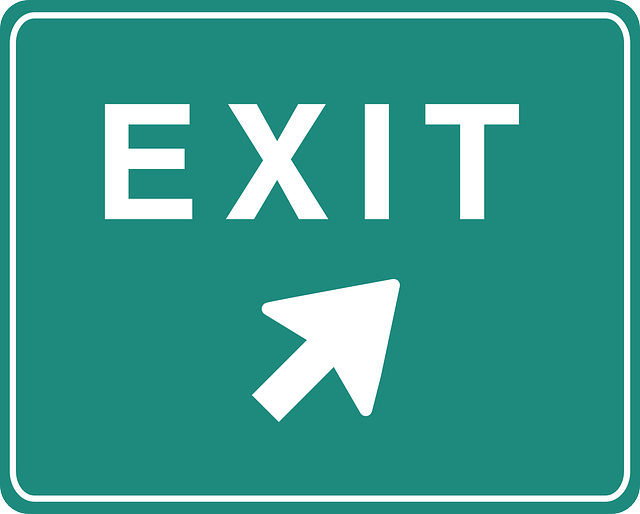How to disenroll from Medicare Part B
In this post, we will go over how to disenroll from Medicare Part B. Although it is a rare occurrence, you can terminate your Medicare Part B (Medical Insurance). Although you may need to have a However, you may need to have a personal interview with Social Security to go over the risks of dropping coverage. They will also be able to help make sure you have everything you need to process your request.
If you want help terminating your Medicare Part B or to schedule a personal interview, you can contact Social Security either at 1-800-772-1213 (TTY: 1-800-325-0778) or in person. Click the following link to find your local Social Security office.
To cancel Medicare Part B, you will need to download and print Form CMS 1763. Once you have the form, do not fill it out until you have your interview with Social Security. They provide instructions on how to fill it out. If you already have your Medicare card, you’ll need to return it. You can do this either during the in-person interview or by mail once you complete the phone interview.
Reasons to disenroll from Part B:
You were automatically enrolled
If you are receiving either Social Security or Railroad Retirement Board benefits when you age into Medicare, enrollment in Medicare Parts A & B may happen automatically. If that is the case, you will probably receive a Medicare card even if you have not applied for benefits.
You may not want to pay a Part B premium. If you do not opt out in time, your Part B premium might be automatically deducted from your Social Security or Railroad Retirement Board check.
You have insurance coverage through your employer
If you have rejoined the workforce and now have access to employer-sponsored health insurance, you may decide to disenroll from Part B and stop paying the premiums. If this is the case, you need to determine if your employer coverage is either primary or secondary to Medicare.
When your employer coverage is primary, they pay for your care before Medicare kicks in; if there are any left over charges. If your employer coverage is secondary, Medicare pays your medical bills and then the employer coverage pays if there are any left-over charges.
In the event your employer coverage is the primary payer, It may be a good idea to disenroll from Part B if you like. The added coverage you receive may not be worth paying the Part B premium. When your employer coverage is secondary, it is probably better to stay on Part B so you do not get charged Medicare’s portion of your medical expenses.
It is always a good idea to speak with your human resources department at work as well as a licensed Medicare agent to determine what your best coverage options are. They can also help determine which plan would be primary and which would be secondary.
You can’t afford the premiums
When you are not sure you have the money to pay your Part B premium, please be aware of the risks of not having medical coverage. If you become ill, you could end up paying a lot more than a Part B premium. If you do not have health coverage that is at least as good as Medicare, you might have to pay a late-enrollment penalty once you do sign up. The penalties can make your premium even higher and they last for as log as you are enrolled in Part B.
You may be eligible for Extra Help or Medicaid coverage if you have a limited income and few assets. If you qualify for one of your states Medicare savings programs, you may receive help paying for your Part B premium.
Some risks to disenrolling from Medicare Part B:
If you do not have health coverage, you could become injured or ill and be stuck paying for all your medical services out-of-pocket.
Any time you go without creditable coverage, you have a coverage gap and will pay a late enrollment penalty unless you have a SEP (special election period) once you do sign up. You also need to wait until the next General Enrollment Period to get coverage. This period runs from January 1 through March 31st annually.
Click here to learn more about the risks of late enrollment in Part B
Any month that you are enrolled in Medicare Part B, you will pay a premium. Once you disenroll from Part B, it will end the first of the following month after you file the request. If you decide to keep Part A, you will receive a new Medicare card showing Part A only.
Can I re-enroll in Medicare Part B if I disenroll now
Disenrollment from Part B does not prevent you from re-enrolling at a later date.
Click here for Medicare Part B enrollment form
There is a good chance that you will not be able to enroll online if you have Part A and disenrolled from Part B. See instructions below to re-enroll in Part B.
Download and fill out the Part B Enrollment form –Click here for Medicare Part B enrollment form
If you currently have coverage through an employer, make sure you have them complete Section B of the form. You may need supporting documents from your employer to prove you had creditable coverage. Click here for help with your application
Send your completed forms either by mail to your local Social Security office or by fax to 1-833-914-2016.
If you are a licensed agent; learn why you should join our team
View free training videos on our YouTube channel
If you want to view more images by this artist; click here
